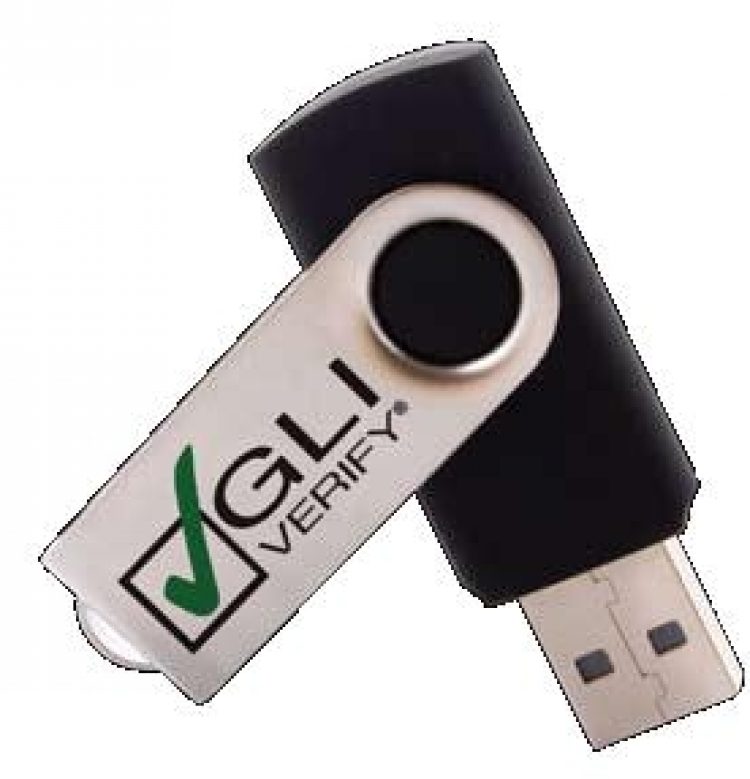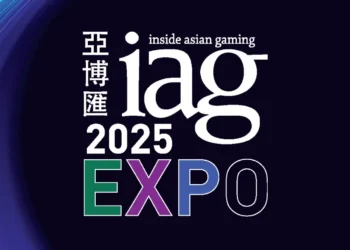GLI Link
The gaming test lab that comes to you
When people hear the words ‘Internet communication,’ they tend also to think of the words ‘commercial risk’ because of universal concerns about data security. GLI points out, however, that its GLI Link is not only password protected but also encrypted to the same standard used by the US Department of Homeland Security for its communications.
“Every time a submission comes in to GLI, we have a very strict security process that it must go through,” explains Ian Hughes, Managing Director, GLI Asia.
“The engineers can’t touch the submission until we have signature-identified every piece of software that comes into the building. We use several algorithms from which signatures are generated, giving each piece of software a unique signature. That’s a security process from when it comes in to submissions, right through to engineering, through to QA [quality assurance] and then the final certification out to the regulator.”
Not only is the integrity and security of a supplier’s proprietary hardware and software protected over the Internet by encryption— the integrity of the testing process itself is protected by the fact that even when testing of a device is done remotely via GLI Link, the company always has physical custody of the machine somewhere at one of its 13 laboratories around the world. Payout function and interoperability testing is followed up by field-testing of all the capabilities of the machine or system in a simulation of a casino floor at GLI Las Vegas.
The ability of authorised stakeholders to review the whole process in real time and to interrogate the GLI database of previously tested products adds a new level of transparency to the compliance testing process that benefits the industry and consumers, says GLI.
If a supplier approaches GLI with a brand new technological concept, not only is that concept kept strictly confidential between the manufacturer and GLI, but GLI can also guide the supplier on how to build compliance into the product at the design stage, before any capital intensive investment in production has taken place.
“We have a specialist technology group, so every time new technology comes in, these pretty senior guys from within GLI think about how to come up with standards for it,” states Ian Hughes. “They think about what exists in the industry already, the industry standards, what exists on the Internet security side of things, and what should we be looking at. They’ll come up with procedures for our engineers, and then they’ll conduct training for our engineers actually to evaluate the technology.”
The fact that Mr Hughes, a trained engineer and native of Australia with specific responsibility for the Asia Pacific market, was the person showing Inside Asian Gaming around GLI’s Las Vegas facility, says something about the global nature of the company’s business, and also something about the power of GLI Link.
“We have four machines in Macau hooked up to a system here in Las Vegas as we speak,” explains Mr Hughes.
“We take a ticket, put money into a machine, cash out a ticket, the ticket comes through here [Las Vegas] and is processed back, so that machine [in Macau] is talking to the system as if it were on the same system. We have full connectivity. We have ticketing, advanced funds transfer, electronic funds transfer, progressives, standard accounting information, downloadable games and configuration [information]. Basically everything a gaming system can do.
A lot of preparatory work is needed by a supplier before a product gets anywhere near the official testing stage, states Ian Hughes.
“For new and advanced technology, we can be looking at stuff two years before its planned submission,” he says.
“What manufacturers have found is they have to design compliance into their products from the early stages. There’s no point going through all the R&D and having a beautiful bug free software coded perfectly, only to find that in regulatory terms it’s not approvable because it doesn’t have certain things the jurisdiction wants, or it’s got some new technology in it and the jurisdiction wants some changes.”
“In those circumstances, manufacturers would have to go back to the drawing board, re-do all that R&D, come back through us, and re-do all that testing,” adds Christie Eickelman.
“So we say, ‘Let’s get involved early, let’s see if we can identify the key issues and, if necessary, start talking to regulators ahead of time,'” she explains.
What GLI can’t do, stresses Ian Hughes, is speak on behalf of regulators.
“Because we work for regulators, we can’t make decisions on a policy matter,” he points out. “We can represent and reinforce their position, but final decisions always rest with the regulators.”
“We can’t say: ‘Yes, you can have that, it’s definitely a table game’. The decision about whether, for example, it’s a table game or a slot machine is for the individual regulatory body. Some jurisdictions will classify a product differently if it’s in a casino, rather than if it’s in a hotel or club.
“The regulators are very happy for us to work with manufacturers. The regulators know we have a very strict code of conduct. We are very strict with our engineers about what we can and can’t do. We can’t, for example, get involved in tangential design.
“I, as the compliance testing body, can tell you, the supplier, if your product is compliant or not. What I can then say is what needs to be modified to gain compliance, but I can’t tell you how to modify your product. That’s a line that we just can’t cross,” adds Mr Hughes.



































